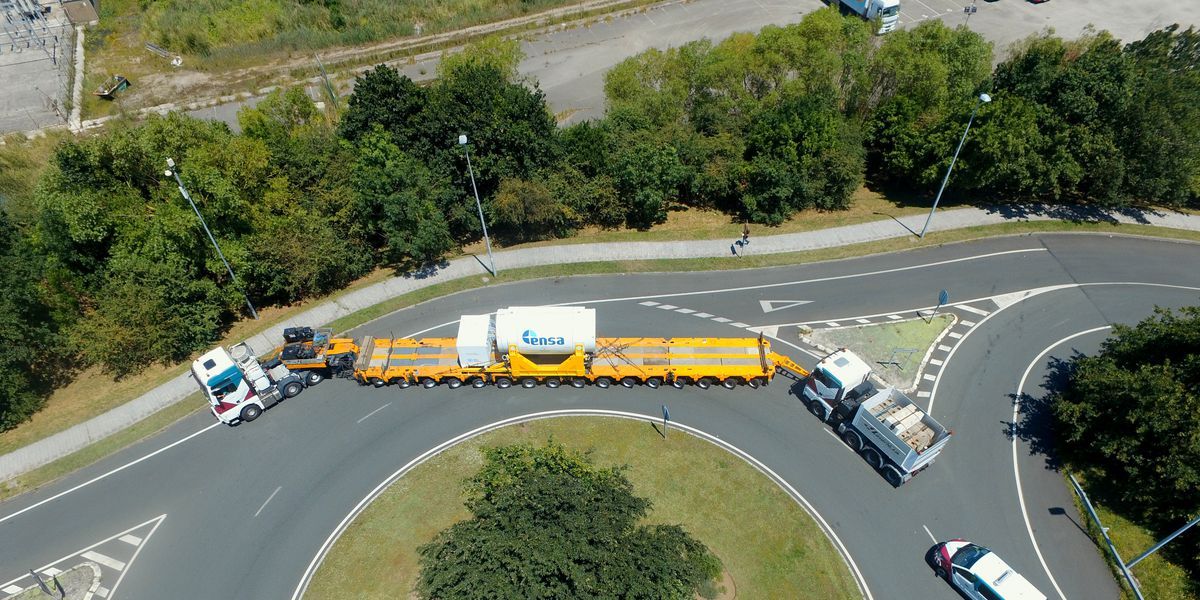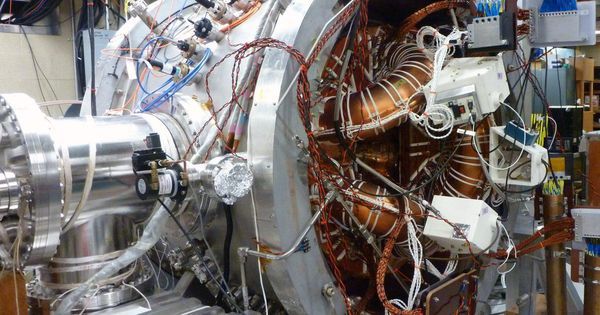Japan has spent decades building a facility to turn nuclear waste into nuclear fuel, but neighbors fear it has other plans for its plutonium.
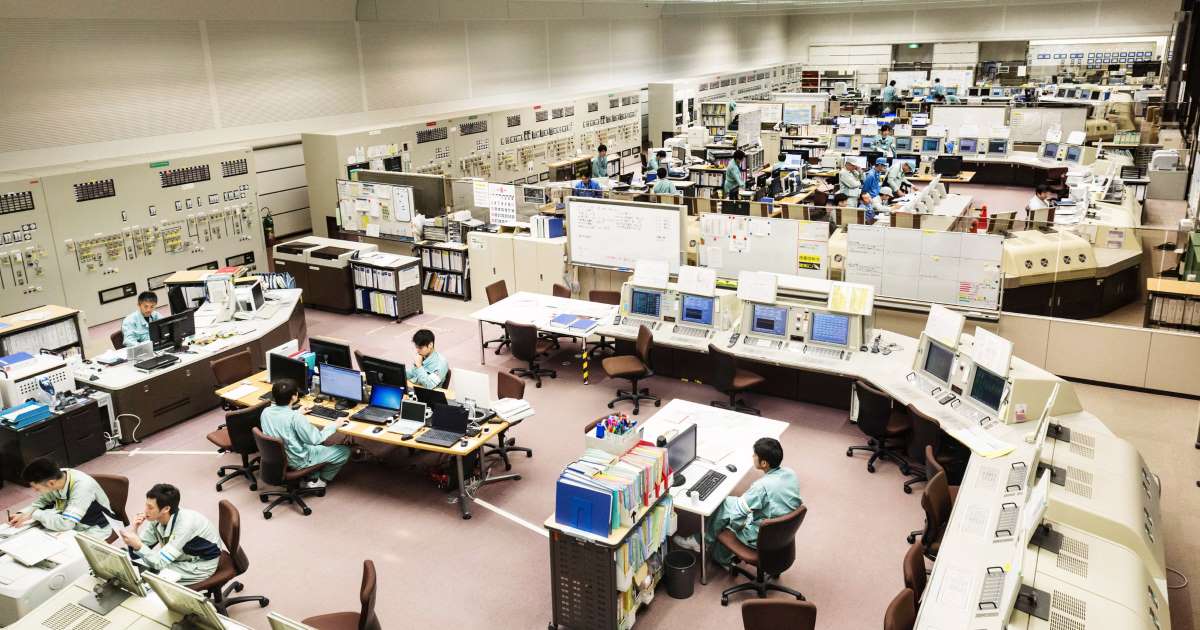

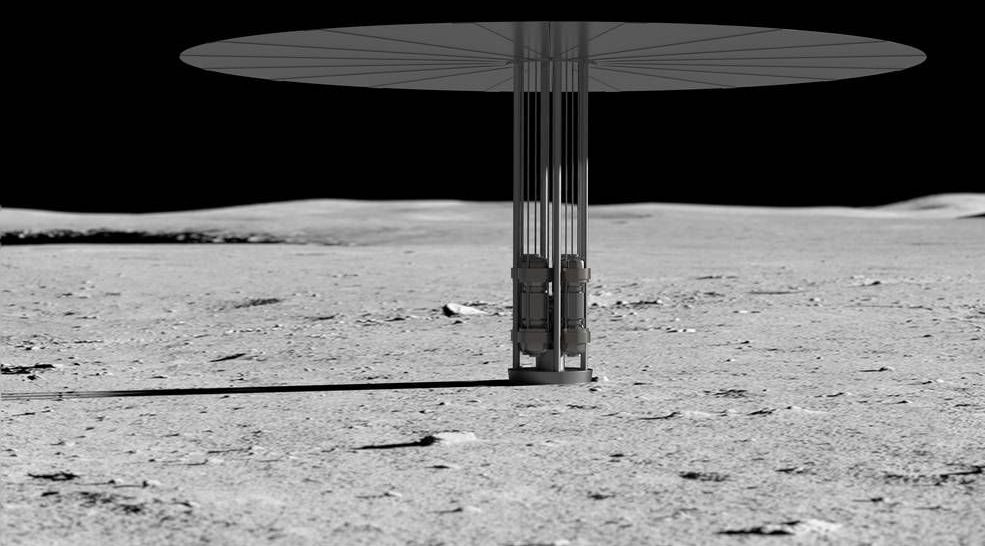
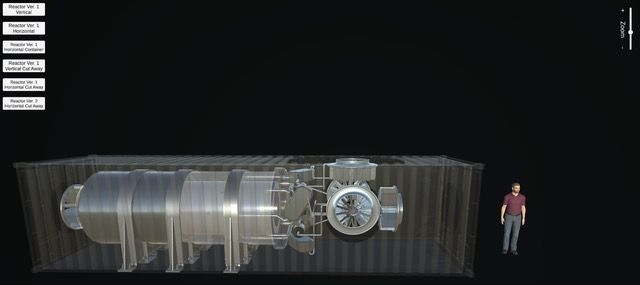
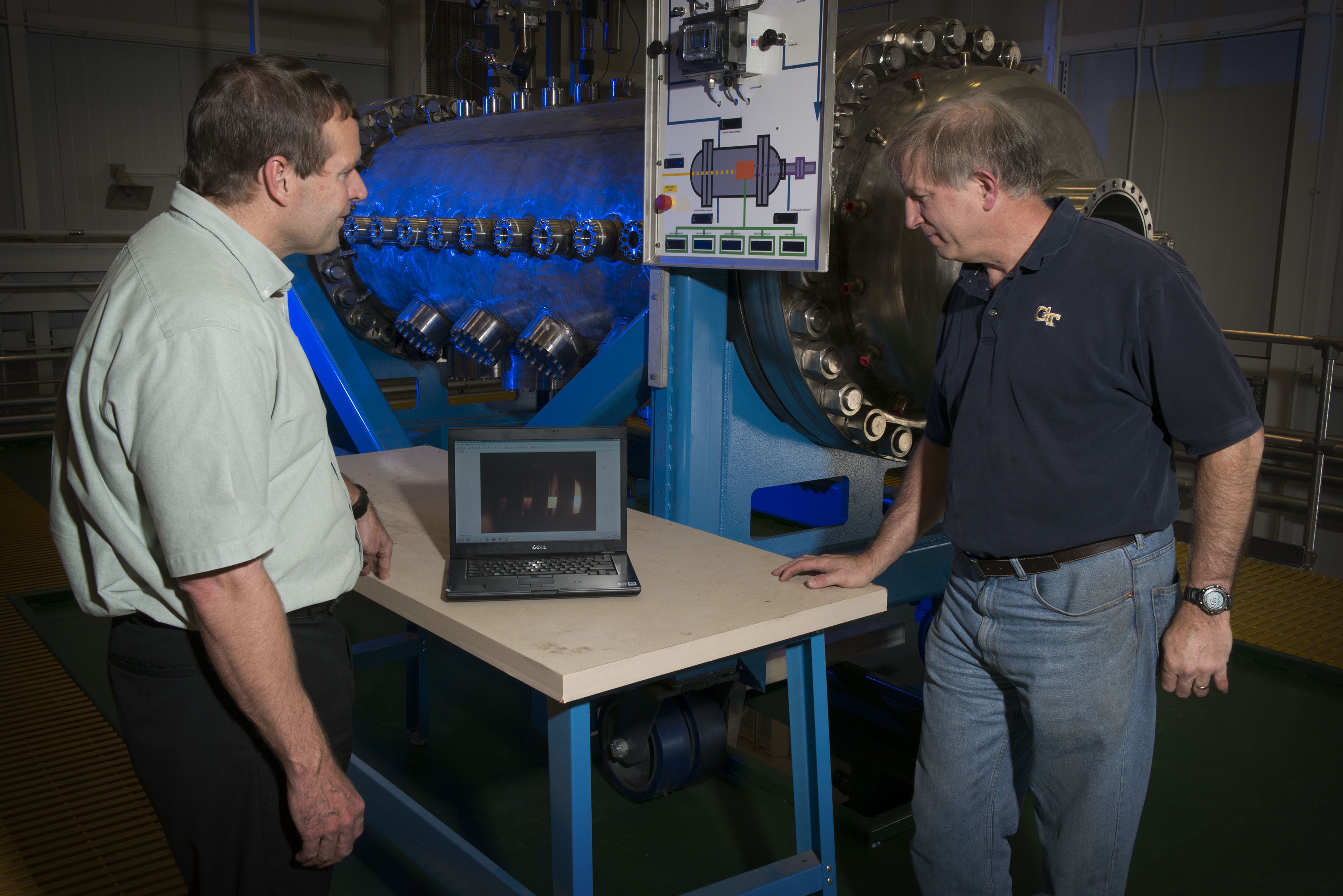
Today’s advances in materials, testing capabilities, and reactor development are providing impetus for NASA to appraise Nuclear Thermal Propulsion (NTP) as an attractive 21st century option to propel human exploration missions to Mars and other deep space destinations.
Utilizing nuclear technology as an ingredient of NASA’s exploration prowess is not new. NTP research is part of the space agency’s storied history. In 1961, NASA and the former Atomic Energy Commission jointly embarked on the Nuclear Engine for Rocket Vehicle Application (NERVA) program – an effort that over several years led to the design, building, and testing of reactors and rocket engines.
Those programmatic high points spurred then-NASA Marshall Space Flight Center director and rocket pioneer, Wernher von Braun, to advocate for a proposed mission, dispatching a dozen crew members to Mars aboard two rockets. Each rocket would be propelled by three NERVA engines. As detailed by von Braun, that expeditionary crew would launch to the Red Planet in November 1981 and land on that distant world in August 1982. In presenting his visionary plan in August 1969 to a Space Task Group, von Braun explained that “although the undertaking of this mission will be a great national challenge, it represents no greater challenge than the commitment made in 1961 to land a man on the moon.”

https://youtube.com/watch?v=8uQZYyxMhs0
What could possibly go wrong? Does anyone remember Fukushima?
Floating nuclear power plants offer several economic advantages.
A large percentage of the cost of a nuclear power plant is the construction and installation of the plant itself. This cost can vary and increase if the site has challenging weather and other conditions. Also, cold and harsh environments may not have a highly trained local workforce to build each plant.
Building floating nuclear reactors means that the factory or shipyard can be at the most productive and efficient location.

Unlike Nuclear fusion which has never had net generation of power, molten salt nuclear fission power had 2.5 megawatts of net power generation from a US nuclear prototype back in the 1960s. The US government had major work on molten salt nuclear reactors form the 1950s through the 1970s.
There is now a multi-billion race from many US companies and China and Canada and European countries to develop molten salt nuclear power.
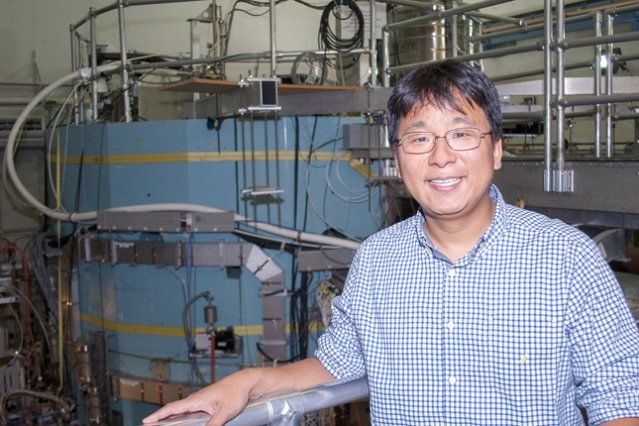
For decades, researchers have been exploring ways to replicate on Earth the physical process of fusion that occurs naturally in the sun and other stars. Confined by its own strong gravitational field, the sun’s burning plasma is a sphere of fusing particles, producing the heat and light that makes life possible on earth. But the path to a creating a commercially viable fusion reactor, which would provide the world with a virtually endless source of clean energy, is filled with challenges.
Researchers have focused on the tokamak, a device that heats and confines turbulent plasma fuel in a donut-shaped chamber long enough to create fusion. Because plasma responds to magnetic fields, the torus is wrapped in magnets, which guide the fusing plasma particles around the toroidal chamber and away from the walls. Tokamaks have been able to sustain these reactions only in short pulses. To be a practical source of energy, they will need to operate in a steady state, around the clock.
Researchers at MIT’s Plasma Science and Fusion Center (PSFC) have now demonstrated how microwaves can be used to overcome barriers to steady-state tokamak operation. In experiments performed on MIT’s Alcator C-Mod tokamak before it ended operation in September 2016, research scientist Seung Gyou Baek and his colleagues studied a method of driving current to heat the plasma called Lower Hybrid Current Drive (LHCD). The technique generates plasma current by launching microwaves into the tokamak, pushing the electrons in one direction—a prerequisite for steady-state operation.

